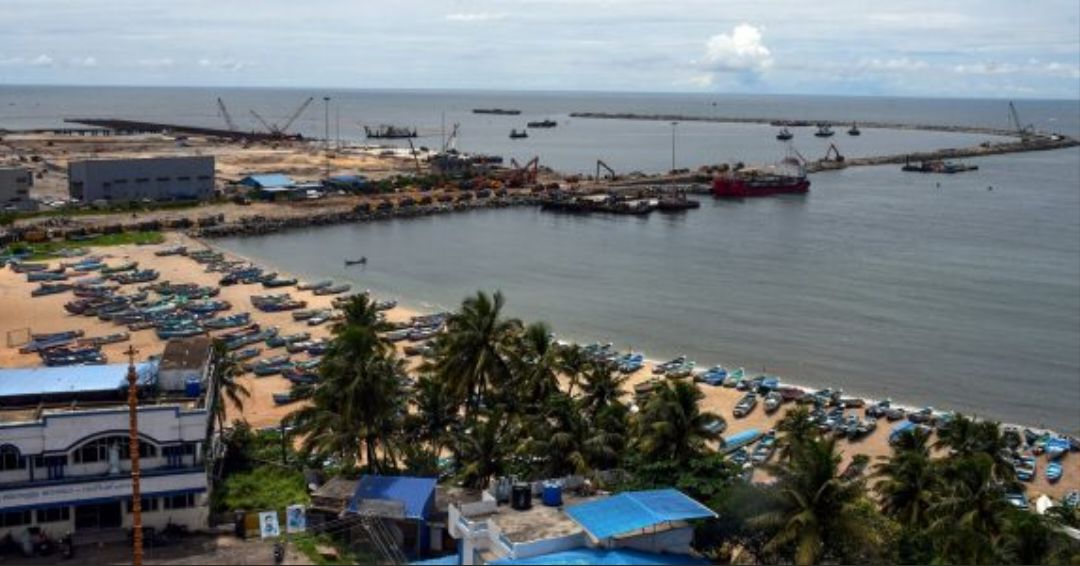
In a turn of events, the fisherfolk of Vizhinjam, whose previous protests were suppressed in December, seem to have gained an upper hand. The Ministry of Environment, Forest and Climate Change (MoEFCC) has directed the Vizhinjam International Seaport Limited (VISL), a government-owned company in Kerala, to conduct a second public hearing before proceeding with phases II and III of the Vizhinjam International Deepwater Multipurpose Seaport.
On August 3, while seeking environmental clearance for the remaining phases, VISL had requested an exemption from a public hearing. However, the Expert Appraisal Committee (EAC) under MoEFCC rejected this request on August 24, stating that these phases involved “expansion.” VISL argued that expansion would occur within the existing port limits, with no additional land acquisition necessary, and that the total project area would remain the same at 450.09 hectares.
Nevertheless, the EAC remained unconvinced, emphasizing that the new components, including the construction of new berths, would alter the “configuration of the project” and insisted on a public hearing.
The issue of shoreline erosion in areas north of the port had been a concern since the establishment of the Vizhinjam fishing harbor in 1970. Fisherfolk raised this concern during public hearings in 2013, but a related chapter in the Environmental Impact Assessment (EIA) report was later removed due to concerns about the study’s competence.
Now, nearly a decade later, the local fishing community associates the erosion in northern areas with the port’s construction, which fueled their 100-day-long agitation in 2022.
The recent directive from MoEFCC offers a second chance for the fisherfolk. VISL must address public concerns and the project proponent’s commitments in the new EIA report for the second environmental clearance. Additionally, the terms of reference (ToR) require an “erosion and accretion study” at the creek mouth near the project site and an examination of the project’s impact on marine ecology and biodiversity, focusing on corals, mangroves, and mud flats in the vicinity.
As of now, the existing environmental clearance will expire on January 3, 2024, and the progress of Phase I remains incomplete. The future of the Vizhinjam port development project, with its various phases and components, remains a topic of concern.
The fisherfolk and the local community now find themselves at the center of the decision-making process as the project’s fate hangs in the balance.

Post Your Comments